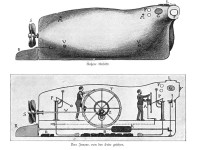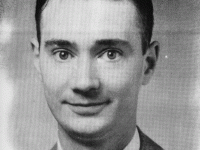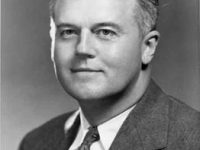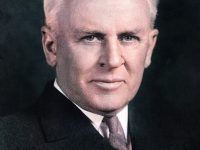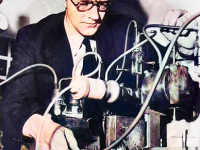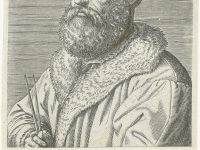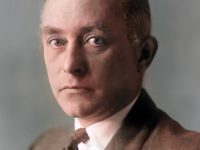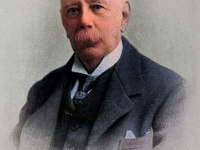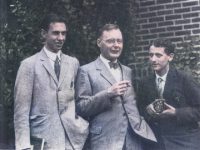Wilhelm Bauer and his Famous Blockade-Breaking Brandtaucher
In December 23, 1823, Bavarian inventor and engineer Wilhelm Bauer was born. Bauer was a submarine pioneer and constructed several hand-powered submarines, among them the famous blockade-breaking incendiary ship, the Brandtaucher. Wilhelm Bauer and the German/Danish Wilhelm Bauer was born in Dillingen in the Kingdom of Bavaria. His father was a sergeant of a Bavarian cavalry regiment. Because of this, Wilhelm Bauer, after an apprenticeship as a wood turner, joined the military…
Read more

